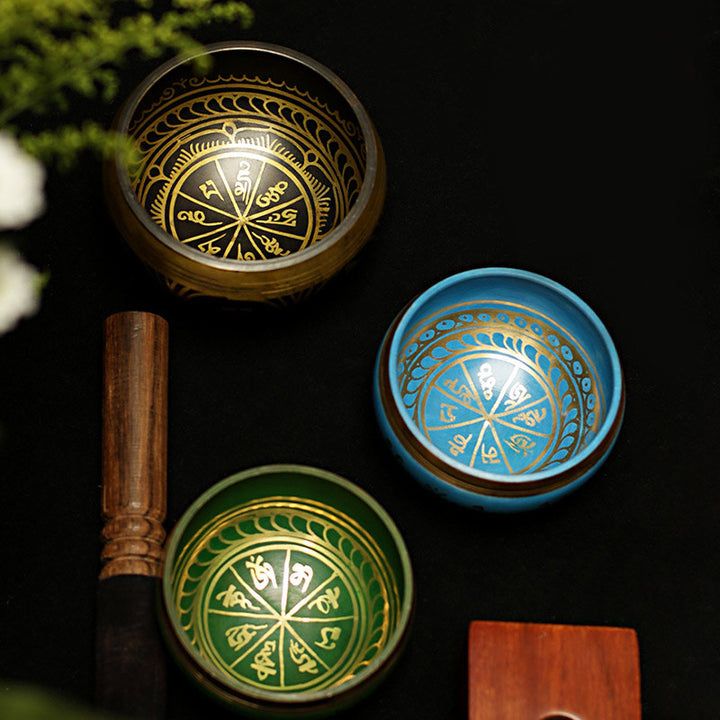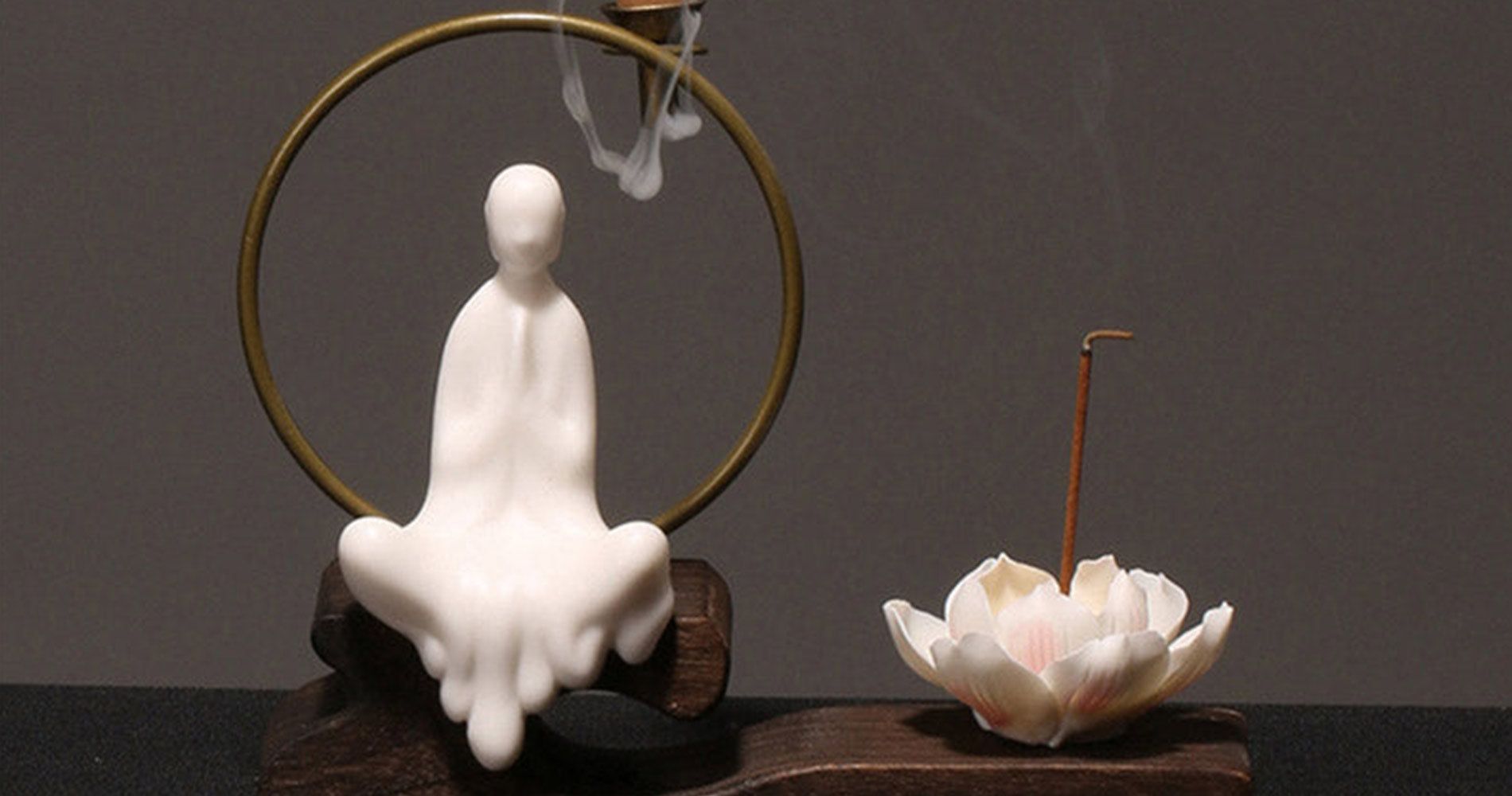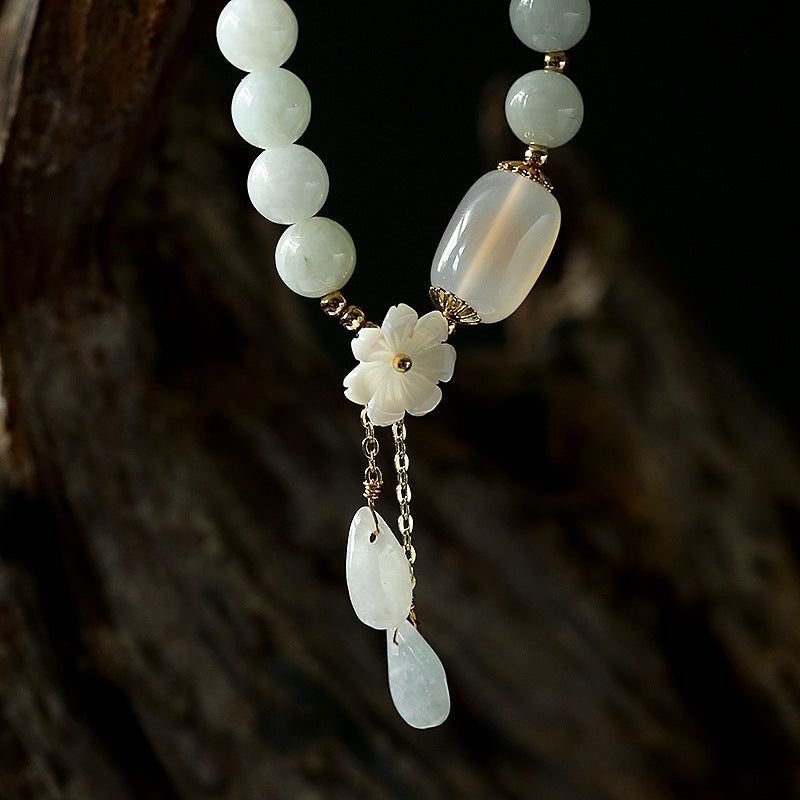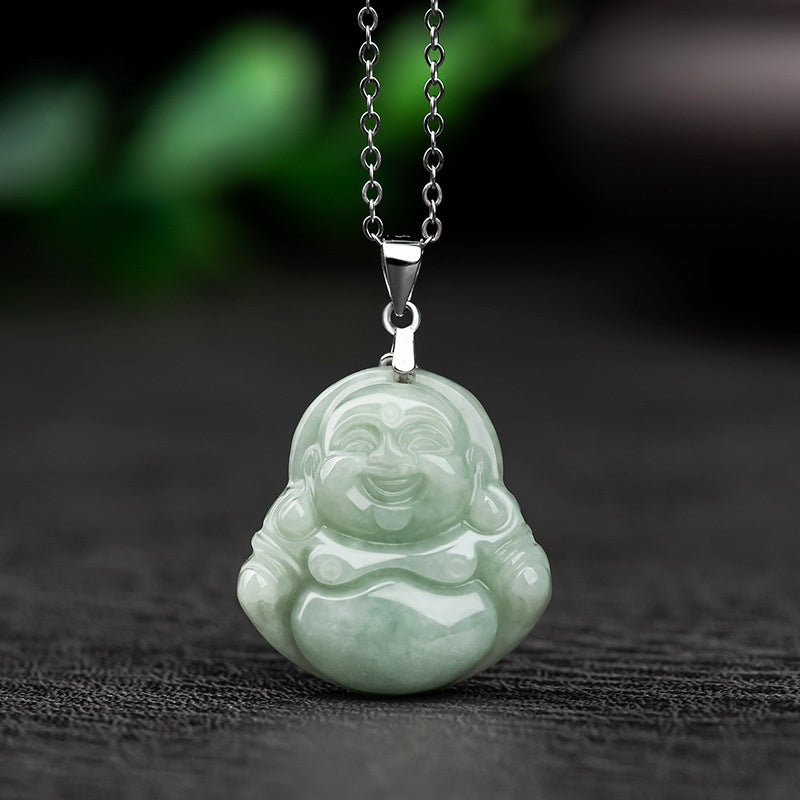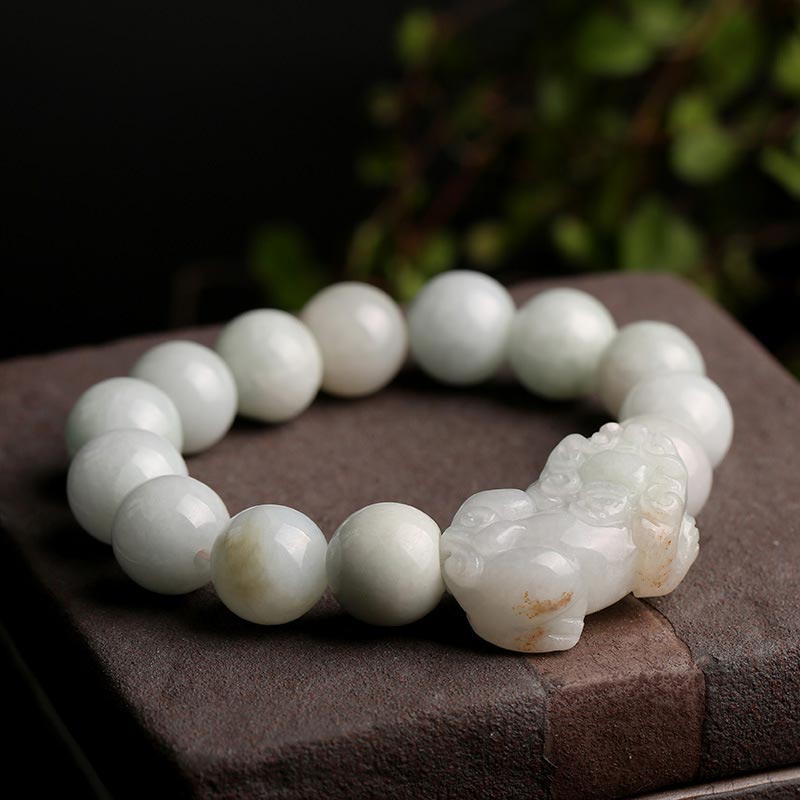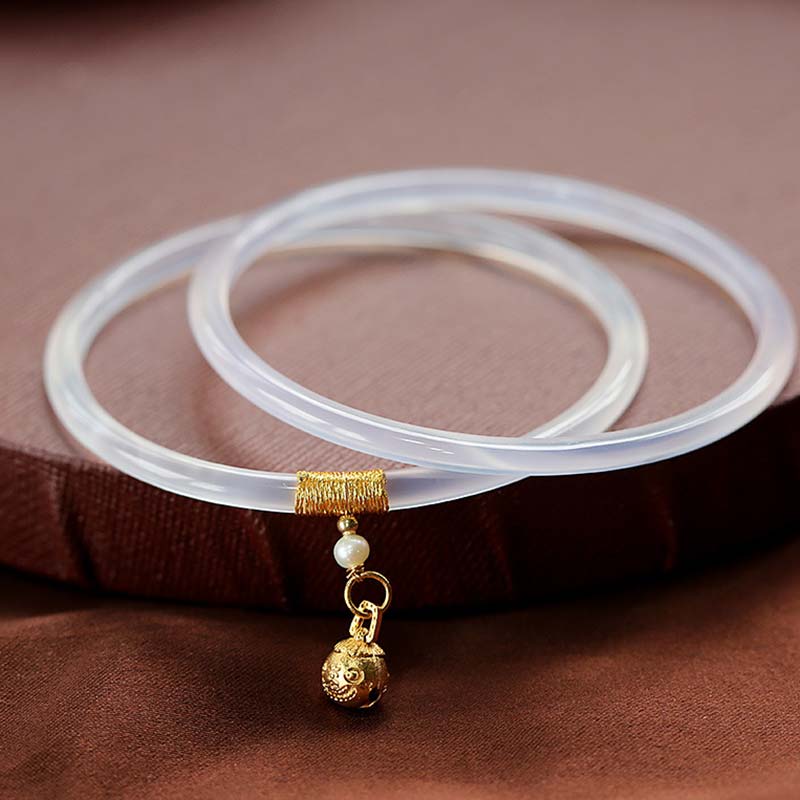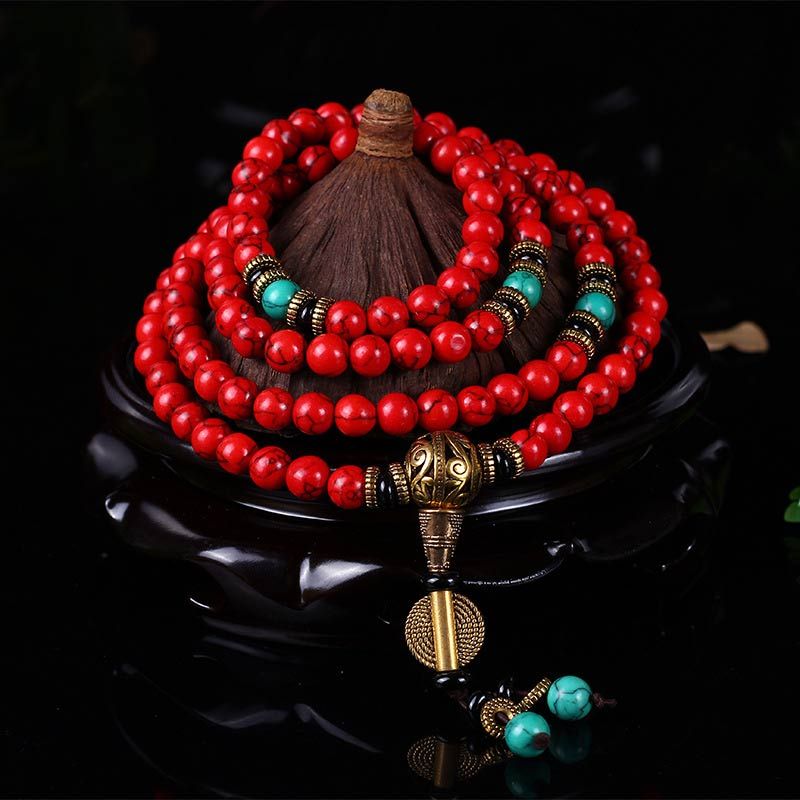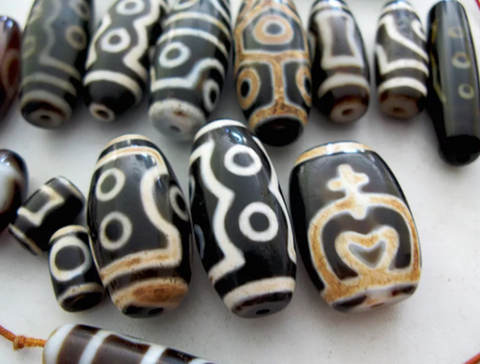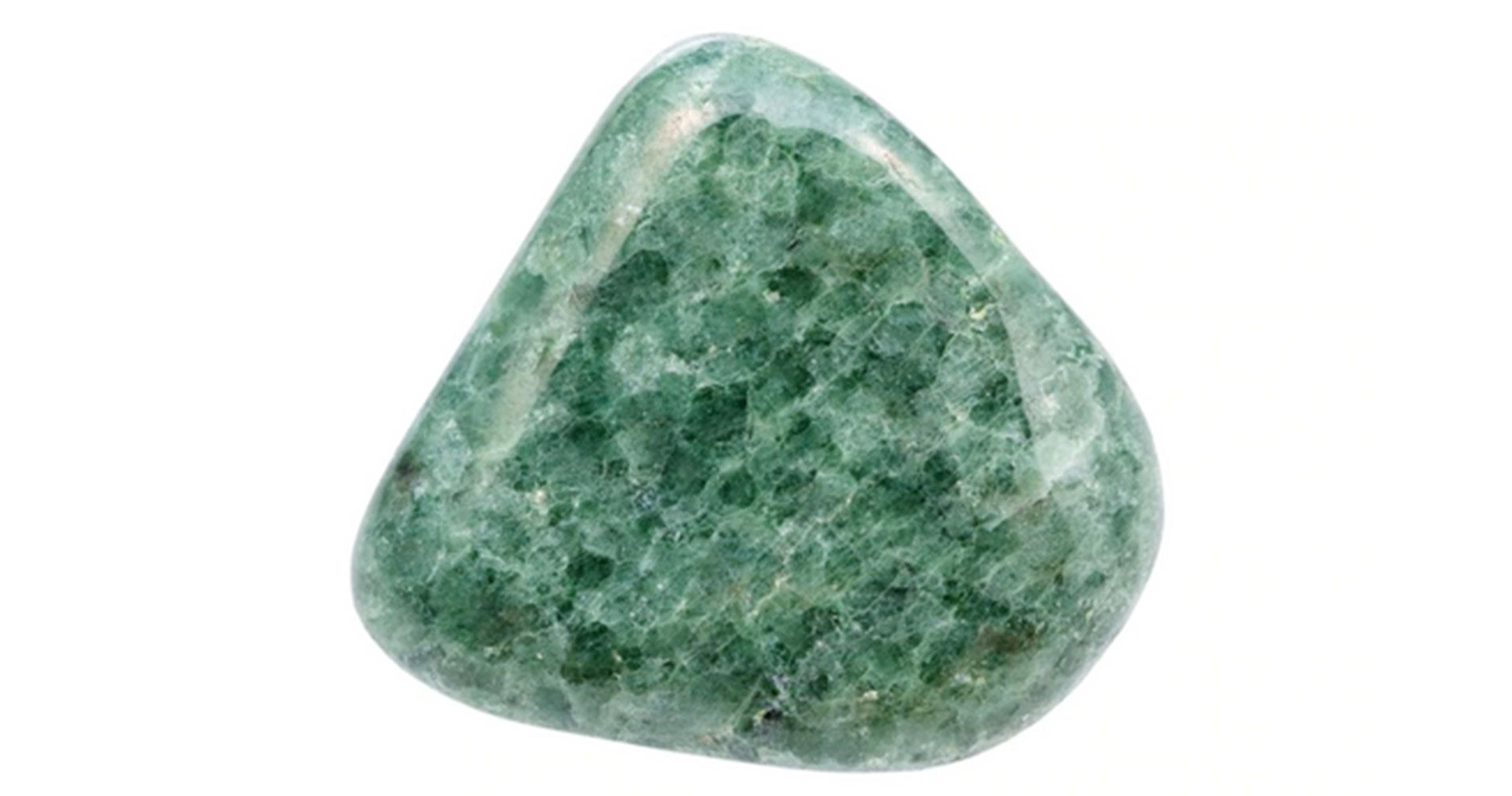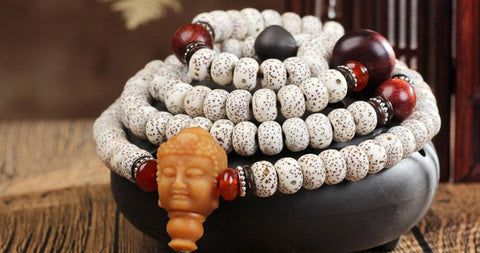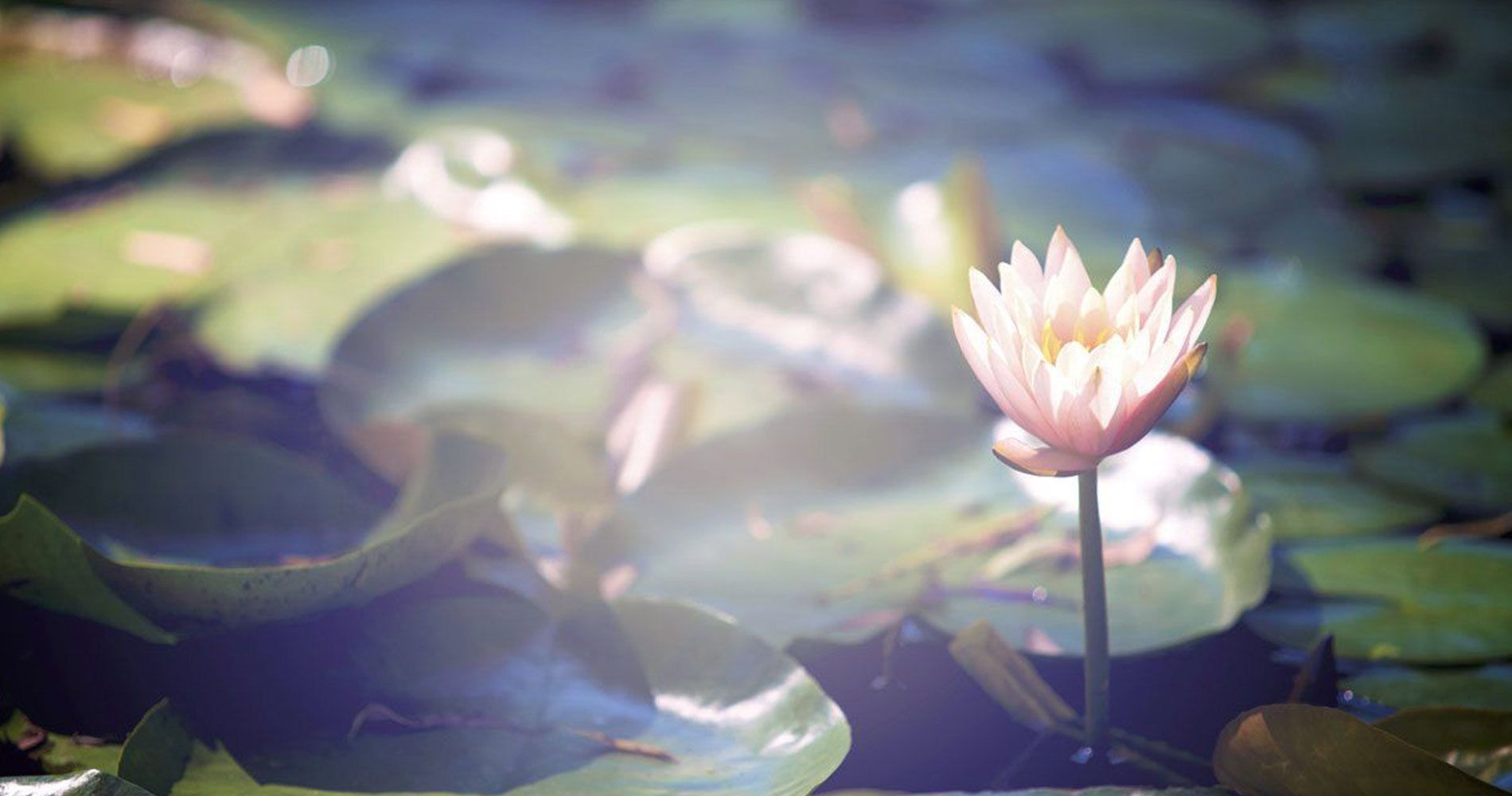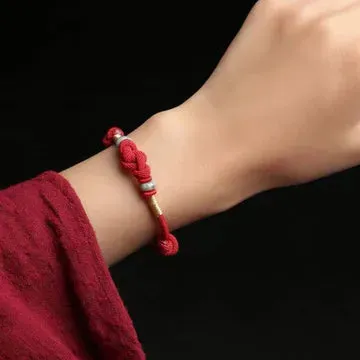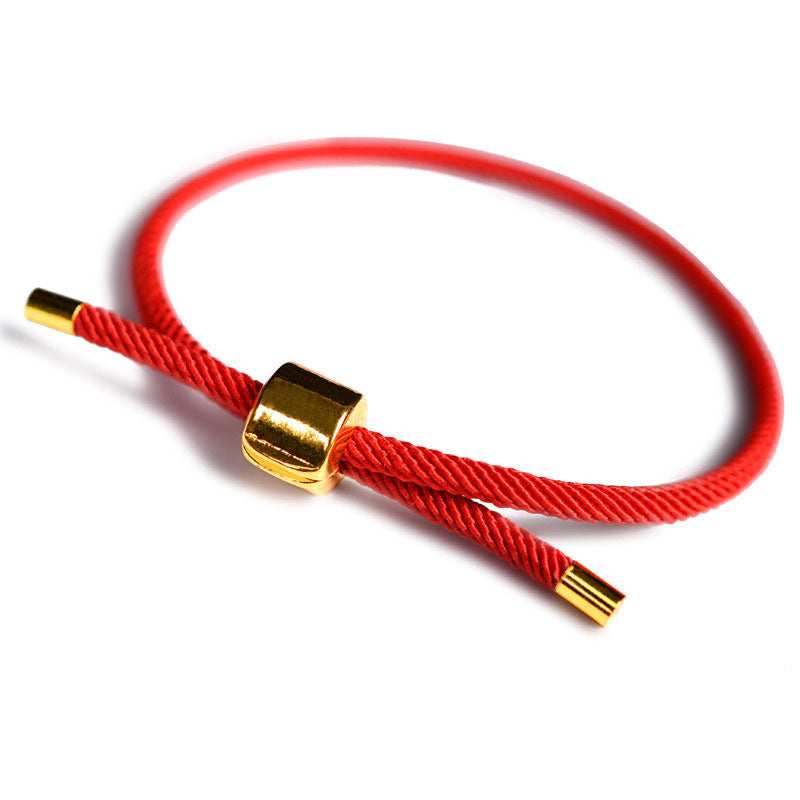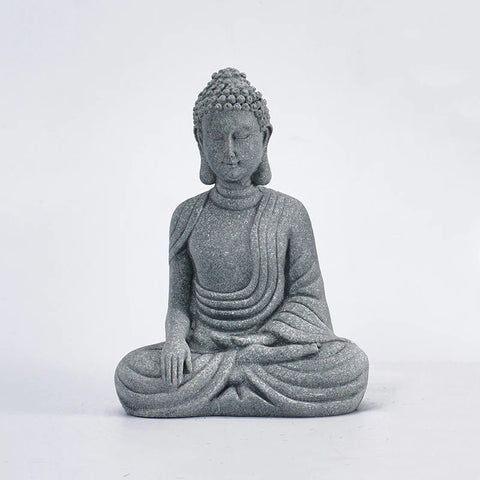Those lessons influenced Buddhism, practice, and spiritual growth that emphasizes the use of tools like meditation to help you transform and become more cognizant, kind, and wise. Buddhism is viewed as a path leading to enlightenment, the main objective. Buddha was a person who exemplified this.
Who is The Buddha?
The Buddha, also known as Siddhartha Gautama, was raised in a small kingdom near the Himalayan mountains around 567 B.C.E. His father was the Shakya clan's head. The brahmins predicted that he would be either a universal ruler or a good sage 12 years before his conception. His parents kept him within the castle walls to keep him from becoming a monk. Gautama was raised in princely elegance, protected from the outside world, captivated by dancing girls, taught by brahmins, and skilled in archery, swimming, and running. He married Gopa when he was of legal age, and they had a son.
Nonetheless, it was insufficient. Something drew him out of the castle gates, something as continuous as his own shadow. He came across three simple objects on the roads of Kapilavastu: a sick person, an older man, and a dead body being taken to the burning premises. Nothing in his comfortable life had organized him for this. He couldn't sleep when his charioteer informed him that everyone is subject to illness, old age, and fatality.
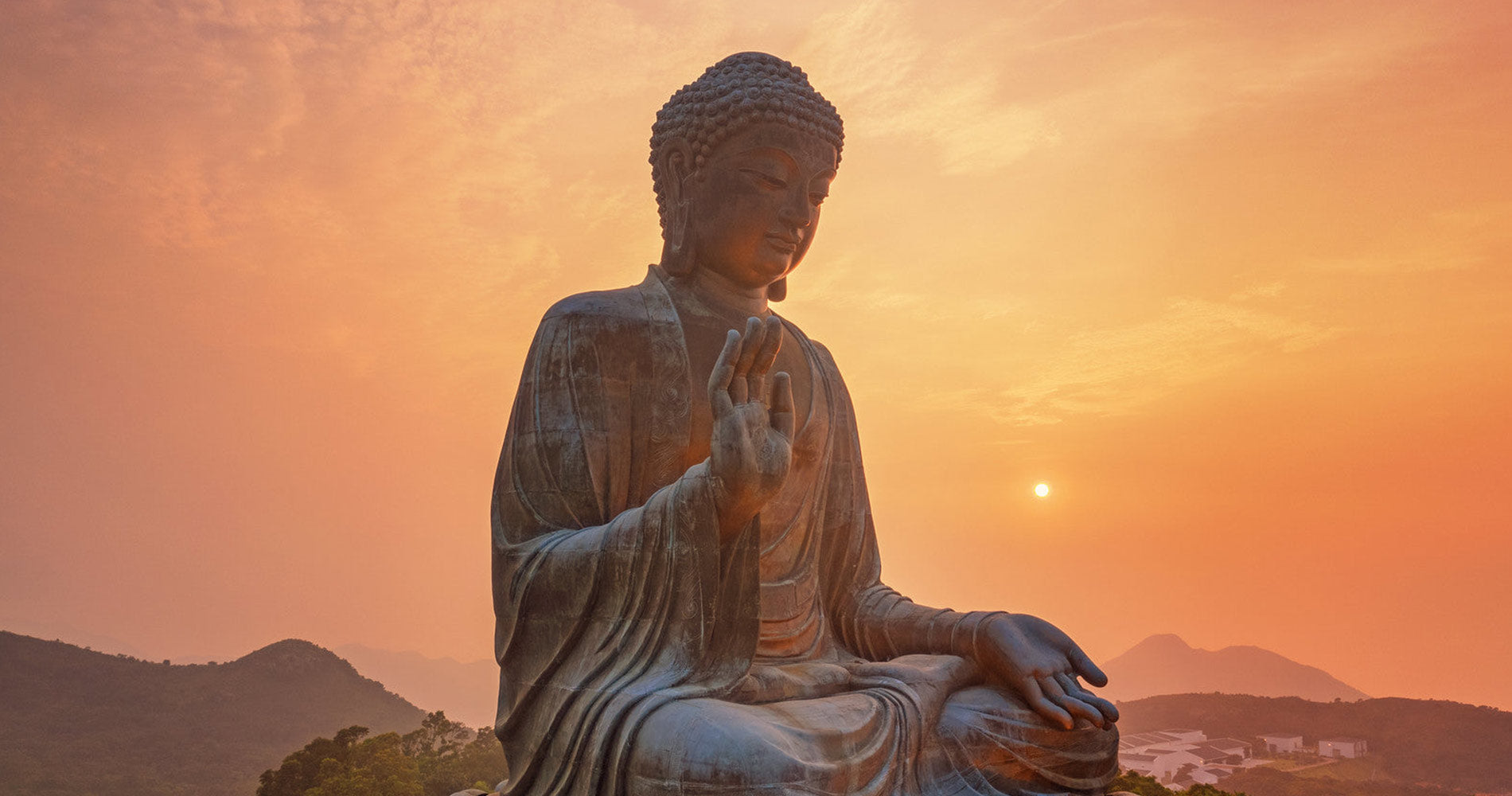
The Birth of Gautama Buddha
Various happenings in the life of the Gautama, including his childhood, spirituality, and passage into nirvana, are commemorated in all aspects of Buddhism. His friends remained confident of asceticism's effectiveness and deserted the prince. The prince, now alone and without a tutor, pledged to rest under a tree and not stand until he had discovered the condition beyond birth and mortality.
Many writings of the Buddha start thousands of years before his death when he first took the oath to become a Buddha. According to one popular legend, a Brahman called Sumedha lived numerous eons ago and realized that life is marked by suffering, so he went to find a condition beyond death. He resigned to the hills, where he lived as a hermit, meditated, and developed yogic abilities. One day, he noticed a large crowd gathered around a professor, who Sumedha later discovered was the buddha Dipamkara.

He was overjoyed when he heard this term buddha. Sumedha lightened his yogin's tangled locks and dropped down to make an entry across the puddles for the Buddha as Dipamkara approached. Sumedha considered how, if he followed Dipamkara's beliefs, he could be free of future reincarnation in that lifetime. However, he concluded that delaying his liberation would allow him to travel the longer route to Buddhahood. He could direct others around the ocean of hardship to the other side.
How to Celebrate the Birth of Gautama Buddha
For Worshippers, the Buddha's Birthday is a day of festivities and reflection. The different kinds of Buddhists have different ways of celebrating. Vesak Puja is a Theravada Buddhist holiday that commemorates Buddha's emergence, enlightenment, and death. Tibetan Buddhists merge the commemoration of these three stages into a single holiday, Saga Dawa Duchen, which falls in June every year.
Most Mahayana Buddhists, on the other hand, divide Buddha's birth, death, or enlightenment into three different holidays that occur at different times throughout the year. Buddha's birthday often coincides with Vesak in Mahayana nations. However, in some countries, like Korea, the festival lasts a week and starts a week before Vesak.
The Enlightenment
The Buddha lives on in the form of books containing his phrases and statues depicting his likeness. There is no historical proof that Buddha images were created during his entire life. Indeed, the lack of a Buddha portrait on several popular stone sculptures at Buddhist sites has long piqued the interest of Indian art scholars.
Enlightenment is a sense in which one has perfect knowledge and unlimited compassion. In this case, expertise does not imply merely the gathering of data or a detailed explanation of the world. Enlightenment is a knowledge of both the comparative and ultimate modes of existence. That includes both our minds and the outside world. The basic cure to misunderstanding and hardship is such knowledge.

But when we say ignorance, it doesn't just mean a lack of knowledge. Rather, we're talking about a distorted perception of reality that leads us to believe that what humans see around them is irreversible and strong. This causes us to confuse temporary pleasures or pain relief with long-term happiness. We try to build our joy on the misery of others because of our ignorance.
What fulfills our ego attracts us, while what could harm it repels us. As a result, we gradually build up a larger mental false belief until we are completely egocentric. Ignorance feeds on itself, destroying our inner peace.
The final antidote to hardship is Buddhism's type of knowledge. The period following the Enlightenment is known as the Post-Enlightenment Period.
The Buddha quickly attracted more supporters, and he was known to convert other educators and their supporters. As a result, he became well-known. When the Buddha's father realized that his son was alive and became a Buddha due to his good renunciation, the ruler sent nine representatives to his son, asking him to return to Kapilavastu.
Instead of passing on the request, they decided to join the Buddha's adherents and became arhats. The Buddha invested the 45 years following the enlightenment traveling around northeastern India and gaining supporters from all social groups.
The Death of the Buddha
In three separate situations, soon before his death, the Buddha told his attendant Ananda that a Buddhist can lengthen his human lifespan for an eon if asked. Mara then emerged and reminded the Buddha of his commitment to transfer into nirvana when his instruction was completed, which he made soon after his enlightenment.
The Buddha concurred to die in 3 months, at which time the earth began to shake. When Ananda inquired about the cause of the shaking, the Buddha explained that earthquakes occur in eight instances, one of which is when a Buddha surrenders the faith to live. Ananda pleaded with him not to, but the Buddha understood that the moment for such demands had gone and that if he had asked sooner, the Buddha might have agreed.

The Buddha's death has been broadly represented in Buddhist iconography. Buddha died from a disease whose nature is still unknown. The current paper examines several sources and summarises that poisoned pork was the cause of his death.
The Buddha died close to Kushinagara, near the Nepal border, in Northern India. After embracing a proposal of spoiled food, he ended up dead due to food poisoning. The components of the meal are unclear in the texts; several say it was tainted pork, while others say it was toxic mushrooms. As word of the Buddha's impending death spread, his bereaved followers collected around him to listen to the Buddha's final learning before he passed away.
About Nirvana
Mahayana Buddhists celebrate Nirvana Day - most widely on February 15th. The historical Buddha's tragedy and entry into final Nirvana are commemorated on this day.
Nirvana Day is a day set aside to reflect on the writings of the buddha. Meditation retreats are held at some Buddhist temples. Others welcome people who carry gifts of cash and household items to help monks and nuns.
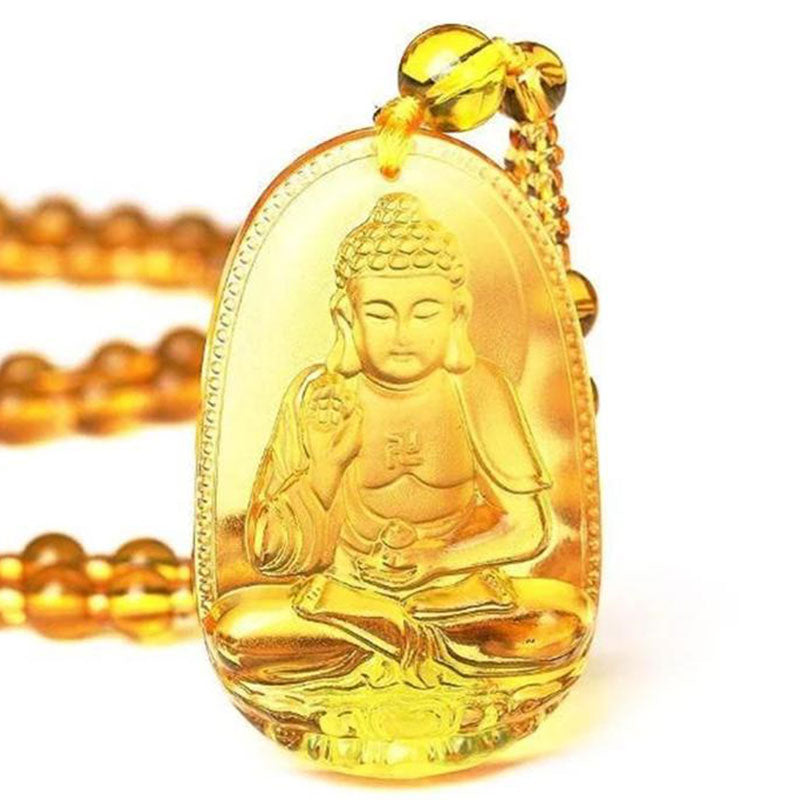
The term Nirvana suggests "to extinguish," as in putting out a candle's spark. It's important to remember that the citizens of ancient India thought of fire as a sliver of atmosphere stuck by fuel. This tiny piece of atmosphere ignites angrily and irregularly until it is extinguished and replaced by cool, serene air.
Nirvana is described by some Buddhist schools as a state of happiness or peace that can be experienced during one's lifetime or at death. Nirvana, according to the Buddha, is beyond human understanding, so speculating on what it is like is futile.
Many Buddhist schools believe that enlightenment induces living people to access a kind of incomplete Nirvana after they have realized their enlightenment. The term parinirvana refers to achieving final Nirvana after death.
What is Nirvana Day?
Nirvana Day celebrations are, as one might assume, solemn. It's a good day to meditate or recite the Parinibanna Sutta on this day. It's a good time to think about death and emptiness in particular. The Buddha is thought to have died close to the town of Kushinagar, which is now in the Indian state of Uttar Pradesh. On Nirvana Day, Kushinagar is a popular pilgrimage location.

In Kushinagar, travelers can see several shrines and temples. The stupa is believed to be the location where his ashes were hidden. A famous reclining Buddha monument displaying the dying Buddha is housed within this structure.
The Wat Thai Temple. This is regarded as one of Kushinagar's most famous temples. It was constructed with contributions from the Thai Buddha and made available to the community in 2001.
The Ramabhar Stupa is believed to be the location where the Buddha was burnt. Mukutbandhan-Chaitya is another name for this stupa.
When is Nirvana Day?
Nivana Day is observed by the majority of Buddhists on February 15th. Others observe it on February 8th. In China, it is generally believed that the 15th day of the second lunar month is the day of Buddha's Nirvana. March 17th, 2022, of the solar calendar is Nivana Day (March 17th, 2022 is February 15th of the lunar calendar). Parinirvana Day is another name for this day.
Nirvana Day is a yearly Buddhist festival commemorating his death at the age of 80 when he attained Nirvana. The edge of the cycle of reincarnation is thought to be Nirvana. Nirvana, according to Buddhism, is attained when all wants and suffering have vanished.
Buddha Quotes
Four Noble Truths
When the Buddha realized the Four Noble Truths, he achieved Nirvana. These are the following:
- Suffering is an element of life
- Suffering occurs as a result of having desires
- Suffering can be ended by resisting desires
- Following the Eightfold Path is the only way to put an end to hardship
Following are the quotes of Buddha
"However many holy words you read, however many you speak, what good will they do you if you do not act on upon them?"
"There is nothing more dreadful than the habit of doubt. Doubt separates people. It is a poison that disintegrates friendships and breaks up pleasant relations. It is a thorn that irritates and hurts; it is a sword that kills."
"No one saves us but ourselves. No one can, and no one may. We must walk the path."
What do Buddhists do on Nirvana Day?
Nirvana Day can be observed by Buddhists by sitting quietly or visiting Buddhist monasteries. Nirvana Day is celebrated as a social event in monasteries. The meal is prepared, and some guests bring gifts like cash, household items, or clothing.

On Nirvana Day, Buddhists reflect on their lifestyles or on how they can achieve Nirvana's eternal peace. They recall friends or family members who have recently passed away. They ponder the fact that dying is a part of people's lives.
Buddhism highlights the notion that nothing remains the same. Destruction and change, according to Buddhists, are things to admit instead of things to be unfortunate about.
Conclusion
Reincarnation can take the form of a human, a living creature, or even spirits, based on previous actions. Buddhists regard human birth as a once-in-a-lifetime chance to work toward breaking free from the samsara cycle.
Nirvana is the state of being free of samsara. In Buddhism, Nirvana means a transcendent state in which there is neither suffering, desire, nor a sense of self, and the subject is released from the effects of karma and the cycle of death and rebirth. It represents the final goal of Buddhism.




